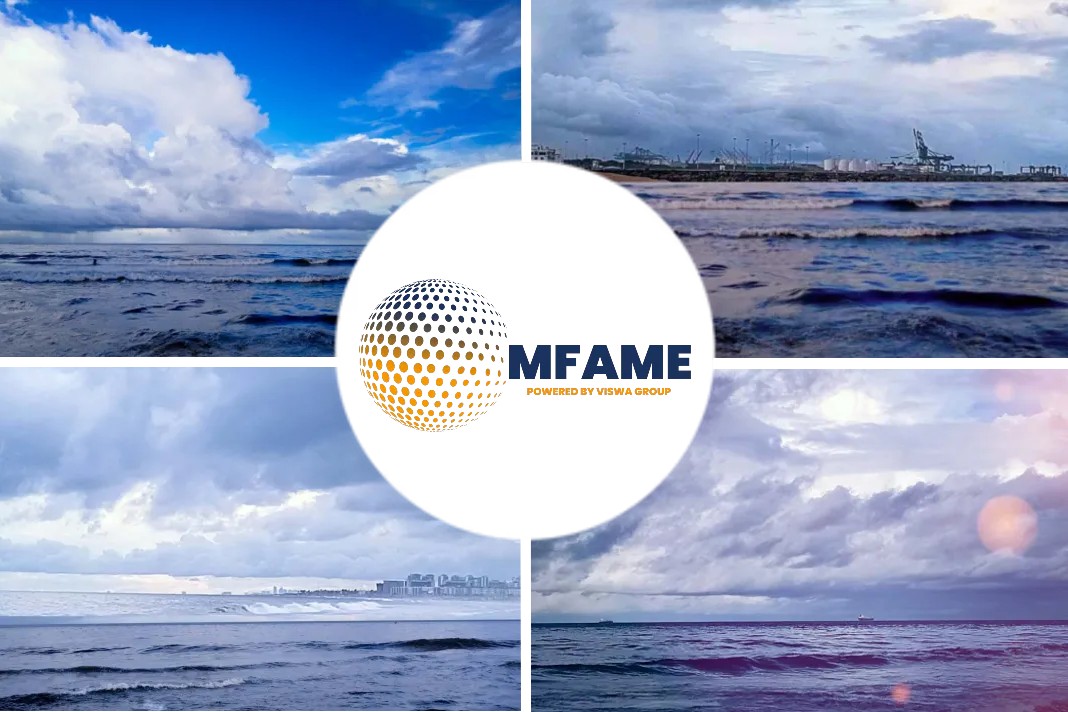
Export, Import Cost May Rise From January 2027 Due To Costly Decarbonisation Measures, highlights a BQ Prime news source.
Decarbonisation measures
Decarbonisation measures for the global shipping industry to reduce carbon emissions in the coming years may increase the cost of doing exports and imports from January 2027, a report by think tank GTRI said on Monday.
Decarbonisation measures for the global shipping industry to reduce carbon emissions in the coming years may increase the cost of doing exports and imports from January 2027, a report by think tank GTRI said on Monday. The 175-member International Maritime Organization (IMO) notified its strategy on July 7 to decarbonise the global shipping sector and achieve net-zero emissions by 2050, Global Trade Research Institute (GTRI) said.
It added that IMO has also suggested the shipping industry to switch to cleaner fuel. “By 2030 cleaner fuel must account for a minimum 5% total fuel use. IMO will notify detailed measures next year. While IMO recommendations are not legally binding, countries are expected to achieve the targets set. This year, few countries pushed for a flat tax of $100 per tonne of carbon emission by ships, yet IMO ignored the recommendation and set broad targets due to opposition from China and many developing countries,” GTRI co-founder Ajay Srivastava said.
India should watch out against the IMO recommending punitive levies, he said. “Compliance with the two directives will result in about 3-4% increase in price of export and import products, amounting to $600-800 billion annually at global level,” the report said. It added that over 80% of the world’s merchandise trade valued at more than $20 trillion takes place through 6,400 cargo ships. The shipping industry contributes about 3% of greenhouse gas emissions annually using fossil fuels like bunker oil. Further, it said that the EU parliament has included shipping in the EU’s Emissions Trading System (ETS) on April 18. As a result, it will start charging tax from EUs outbound and inbound shipping companies from Jan 1, 2027.
The EU ETS will initially cover large ships of 5,000 gross tonnes and above but will be expanded after 2026 to cover smaller ships. On the emission side, initially, only carbon emissions will be tracked, but from 2026, all greenhouse emissions, including methane and nitrous oxide gases, will be covered. “The EU is working out the implementing regulations. The measures are expected to be broadly similar to the Carbon Border tax notified for steel, aluminium and other products,” it said.
It also said that the share of Indian ships carrying India’s merchandise trade has declined from 40% in the late 1980s to less than 8% at present. Since over 90% of India’s merchandise trade is carried by foreign ships, the new regulations will result in Indian traders paying higher charges to foreign shipping companies.
“Heavy and low-unit value goods would be more affected than light or high-cost goods. Shipping distance will also add to the cost,” it said, adding both the directives force the global shipping sector to make heavy investments in reducing emissions.
It said that decarbonisation will require ships switching from using bunker fuel to low-carbon fuels like liquefied natural gas (LNG), methanol, and ammonia.
“The sector also needs to invest in improving ship efficiency by optimising hull design, using efficient engines. The International Energy Agency (IEA) estimates that it will cost $1.5 trillion to achieve net-zero emissions from international shipping by 2050,” the report said.
It suggested that India’s shipping sector must set aside over $100 billion to survive in a low carbon future.
Did you subscribe to our daily Newsletter?
It’s Free! Click here to Subscribe
Source: BQ Prime
















![[Watch] How a Ship Engine Works?](https://mfame.guru/wp-content/uploads/2023/11/mfame-tanker-100x70.jpg)
